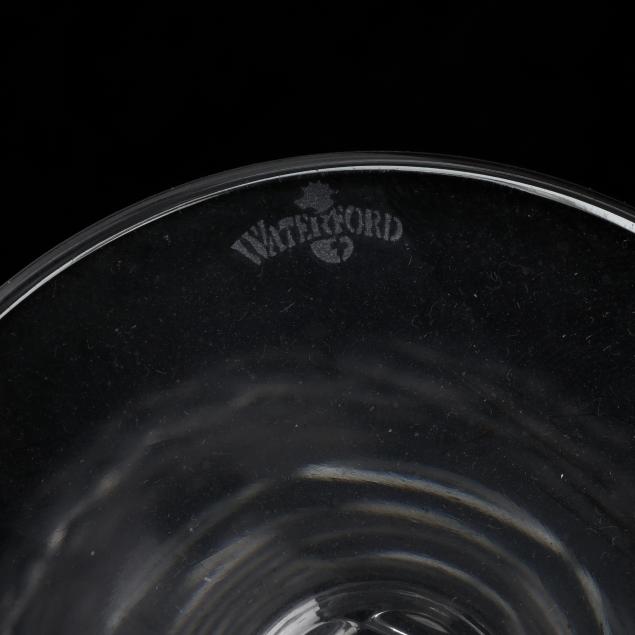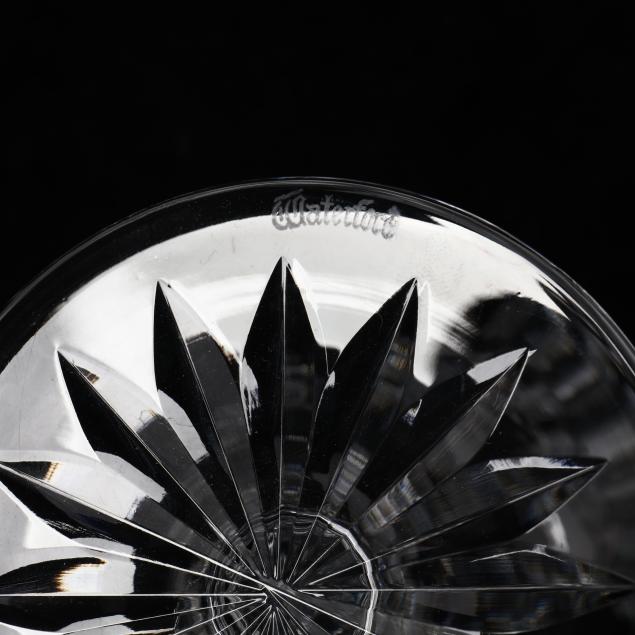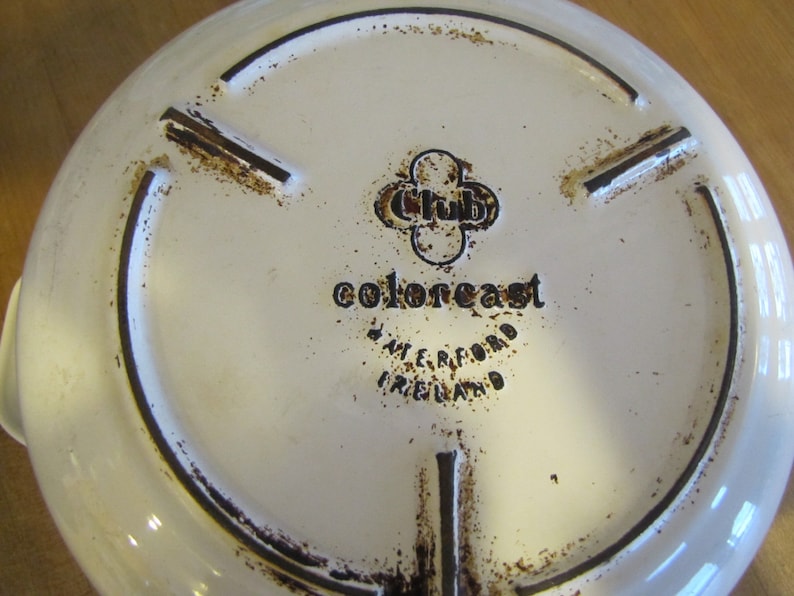
The combination of these factors results in cast iron pans being capable of storing more heat longer than copper, aluminum, or stainless steel pans. Additionally, cast iron pans are typically thicker than similar sized pans of other materials. However, cast iron is denser than aluminum and stores more heat per unit volume. Cast iron has a higher heat capacity than copper but a lower heat capacity than stainless steel or aluminum. Ĭast iron is a poor heat conductor compared to copper and aluminum, and this can result in uneven heating if a cast-iron pan is heated too quickly or on an undersized burner. This differs from many other cooking pots, which have varying components that may be damaged by the excessive temperatures of 400 ☏ (204 ☌) or more.

Likewise, cast-iron skillets can double as baking dishes. Many recipes call for the use of a cast-iron skillet or pot, especially so that the dish can be initially seared or fried on the stovetop then transferred into the oven, pan and all, to finish baking. This allows them to be used on both the stovetop and in the oven. Most bare cast-iron pots and pans are cast as a single piece of metal, including the handle. Other uses of cast-iron pans include baking, for instance for making cornbread, cobblers and cakes. Some cooks consider cast iron a good choice for egg dishes, while others feel the iron adds an off-flavor to eggs. Because cast-iron skillets can develop a "non-stick" surface when cared for properly, they are excellent for frying potatoes or preparing stir-fries. In the 2010s, small startup companies began producing cast-iron cookware designs for specialty cooking markets.Ĭast iron's ability to withstand and maintain very high cooking temperatures makes it a common choice for searing or frying, and its excellent heat retention makes it a good option for long-cooking stews or braised dishes.

Through cooking shows, celebrity chefs have brought renewed attention to traditional cooking methods, especially the use of cast iron. Cast iron has also seen a resurgence of its popularity in specialty markets. They are also highly sought after by antique collectors and dealers. Cast-iron pots and pans from the 19th and 20th century continue to see daily use to the present day. However, the durability and reliability of cast iron as a cooking tool has ensured its survival. Today, of the large selection of cookware that can be purchased from kitchen suppliers, cast iron comprises only a small fraction. Others were absorbed by other cookware manufacturers. Many went out of business in the 1920s as seen in the List of cast-iron cookware manufacturers. The decline in daily use of cast-iron cookware contributed to the closure of nearly all the iron cookware manufacturers in the United States. The 20th century also saw the introduction and popularization of enamel-coated cast-iron cookware.Ĭast iron fell out of favor in the 1960s and 1970s, as teflon-coated aluminum non-stick cookware was introduced and quickly became the item of choice in many kitchens. Popular manufacturers included Griswold, which began production in 1865, Wagner Ware in 1881, and Blacklock Foundry in 1896. Most American households had at least one cast-iron cooking pan. In addition to Dutch ovens with three or four feet, which Abraham Darby I secured a patent in 1708 to produce, a commonly used cast-iron cooking pan called a spider had a handle and three legs allowing it to stand upright over campfires as well as in the coals and ashes of a fireplace.Ĭooking pots and pans with legless, flat bottoms came into use when cooking stoves became popular this period of the late 19th century saw the introduction of the flat cast-iron skillet.Ĭast-iron cookware was especially popular among homemakers during the first half of the 20th century. Cast-iron pots were made with handles to allow them to be hung over a fire, or with legs so that they could stand in the coals. In Europe and the United States, before the introduction of the kitchen stove in the middle of the 19th century, meals were cooked in the hearth, and cooking pots and pans were either designed for use in the hearth, or to be suspended within it. Cast-iron cauldrons and cooking pots were valued as kitchen items for their durability and their ability to retain heat evenly, thus improving the quality of cooked meals. Both terms referred to a vessel capable of withstanding the direct heat of a fire.

The first mention of a cast-iron kettle in English appeared in 679 or 680, though this wasn't the first use of metal vessels for cooking. In Asia, particularly China, India, Korea and Japan, there is a long history of cooking with cast iron vessels.


 0 kommentar(er)
0 kommentar(er)
